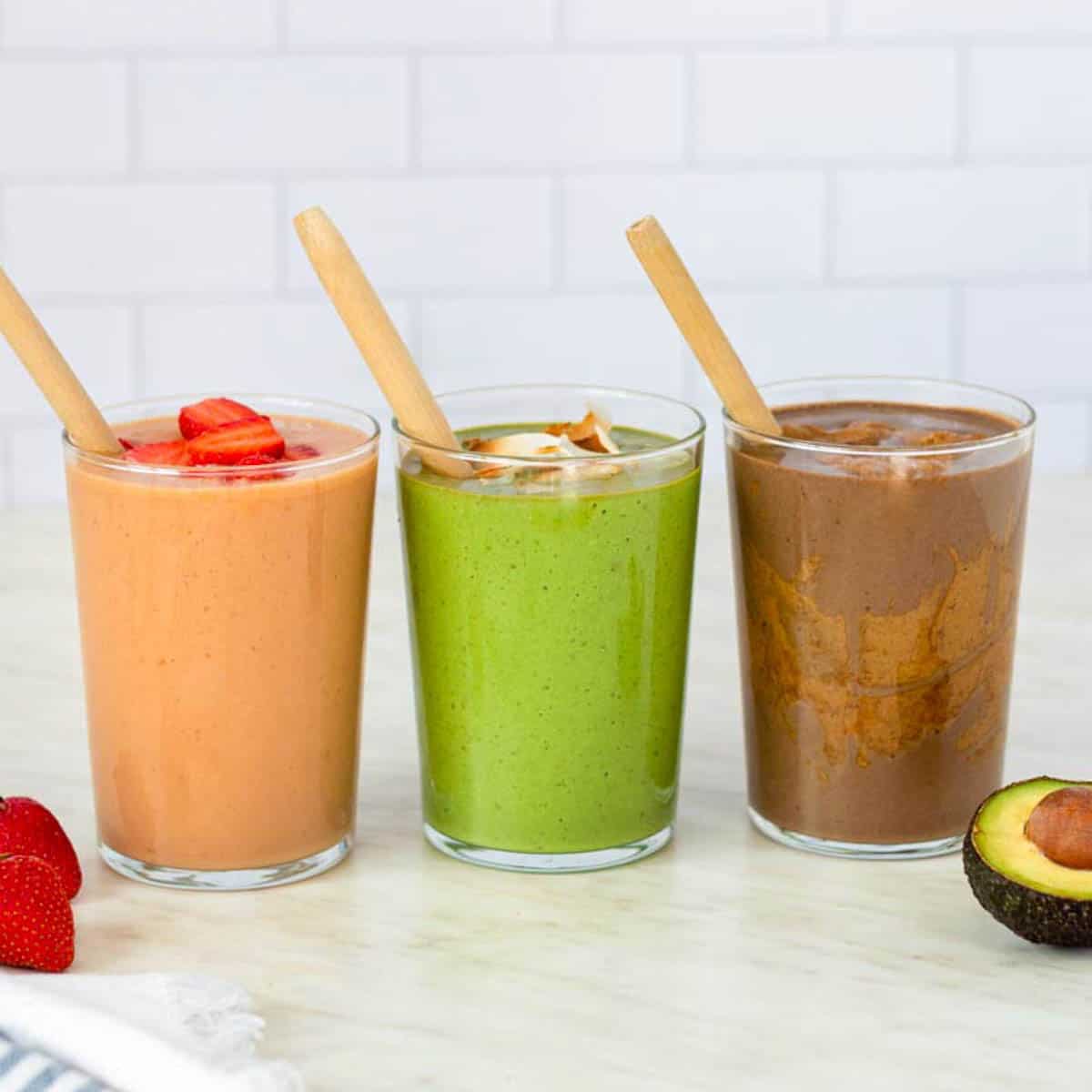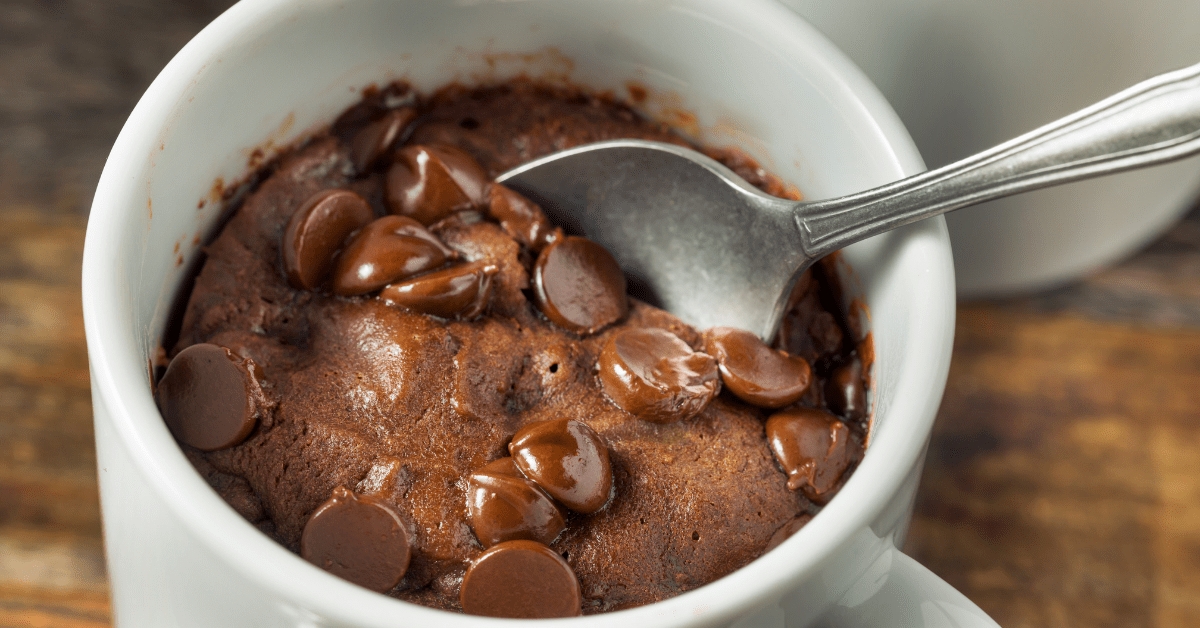The Importance of Choosing Healthy Breads
When it comes to maintaining a healthy lifestyle, choosing the right bread can make a significant difference. Breads are a staple in many households, but not all breads are created equal. Some are packed with nutrients and whole grains, while others may contain added sugars and refined flours.
In this article, we will explore the top 10 healthiest breads that you can add to your diet. These breads are not only delicious but also provide essential nutrients, fiber, and energy to help you stay on track with your health goals.
1. Whole Wheat Bread
Whole wheat bread is undoubtedly one of the healthiest bread options available. It is made from whole grains, which means it contains all parts of the grain, including the bran, germ, and endosperm. This makes it rich in fiber, vitamins, and minerals. Look for bread that is 100% whole wheat and does not contain added sugars or preservatives.
2. Sprouted Grain Bread
Sprouted grain bread is gaining popularity for its numerous health benefits. The sprouting process involves soaking and germinating the grains, which increases the nutrient content and digestibility. This bread is often easier to digest, lower in gluten, and higher in fiber and protein compared to traditional bread. Opt for varieties made from sprouted whole grains like wheat, barley, or rye.
3. Rye Bread
Rye bread is a healthier option for those looking for an alternative to wheat-based bread. It has a unique flavor and dense texture, making it a great choice for hearty sandwiches. Rye bread is often higher in fiber and contains essential minerals like magnesium and phosphorus.
4. Oat Bread
Oats are known for their high fiber content and numerous health benefits. Oat bread, made from ground oats, is a nutritious option that can help keep you satisfied for longer and promote digestive health. Look for bread that lists oats or oat flour as one of the main ingredients.
5. Quinoa Bread
Quinoa, a versatile and nutritious grain, is now being used to make bread. Quinoa bread is gluten-free and provides a complete source of protein, making it an excellent choice for individuals with gluten intolerance or those looking to increase their protein intake.
6. Sourdough Bread
Sourdough bread is made through a fermentation process that involves wild yeast and bacteria, giving it a tangy flavor and chewy texture. This type of bread has a lower glycemic index compared to other breads, meaning it causes a slower rise in blood sugar levels. It may also be easier to digest for some individuals.
7. Ezekiel Bread
Ezekiel bread is a unique bread made from sprouted grains and legumes, such as wheat, barley, lentils, and soybeans. This combination provides a complete source of protein and essential amino acids. Ezekiel bread is often free from added sugars and preservatives, making it a good choice for those watching their carbohydrate intake.
8. Gluten-Free Bread
For individuals with gluten intolerance or celiac disease, gluten-free bread is a must. Many gluten-free bread options are now available in stores, made from alternative flours such as rice, almond, or tapioca flour. Look for brands that do not contain added sugars or artificial additives.
9. Multi-Grain Bread
Multi-grain bread is made from a combination of different grains, such as wheat, oats, barley, or corn. This variety of grains provides a diverse range of nutrients and flavors. Be sure to check the ingredient list and choose bread that is made from whole grains rather than refined grains.
10. Flaxseed Bread
Flaxseeds are rich in omega-3 fatty acids, fiber, and antioxidants, making them a valuable addition to any diet. Flaxseed bread incorporates ground flaxseeds into the dough, boosting its nutritional profile and adding a nutty flavor. Look for bread that contains whole flaxseeds or ground flaxseeds.
When choosing bread, it’s important to read the labels and understand the ingredients to make the healthiest choice possible. Aim for breads that are made from whole grains, are low in added sugars, and do not contain artificial additives or preservatives.
Remember, the key to a healthy diet is moderation. Enjoy your bread as part of a balanced and varied diet, and savor each bite knowing that you are nourishing your body with one of these top 10 healthiest bread options.
Was this page helpful?
Read Next: Top 5 Health Benefits Of Ham











